The Cannon ceremony in Havana
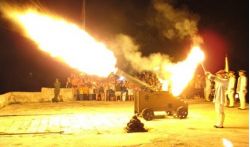
The Cannon ceremony in Havana is rooted in the distant 18th century. Every day, at 9:00 p.m. sharp the cannon fires a shot from the Fort of Saint Charles, la Cabaña, which stands at the entrance to the main port of the city with the Morro Castle. The tradition affects with its punctuality: every day of the year, whether it’s festive or mourning, the cannon fires to the minute, giving to everybody an opportunity to check their watches.
Nowadays, this ceremony has become a spectacular performance, and earlier it was an official form to notify to the citizens and guests of the Cuban capital that from this moment they would stay behind the thick walls that surrounded the city, having a length of several tens of kilometers and protecting reliably from the pirates attacks.
Initially, the signal shot has been made from one of the fleet ships, and later this action was transferred to La Cabaña fortress, built in 1774. Its construction was ordered by Charles III, the King of Spain, to reinforce the forts El Morro and La Punta.
The huge stone belt around Havana initially had two gates. Early in the morning, at 4:30 a.m., the cannons fired in a sign of that they were opened to let everyone who came in peace. In the evening, at 8:30 p.m., with the cannon shots the gates had been closed for the night and between the forts of El Morro and La Punta the thick chain had been stretched to block the entrance to the bay. Moreover, all those ships that didn’t have time to get into the city had to stand on the outer roads and not to close to the chain under threat of immediate shooting down made by coastal guns.
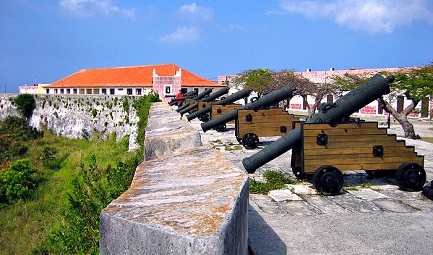
Over time, the closing of the city was moved to 9:00 p.m. However, with the growth of the city, increasing its population and improvement of military art the walls of Havana became useless. August 8, 1863 their demolition was started. Today they are almost forgotten, though in some places the remnants of once powerful fortifications still exist and the remnants of the chain lie on the bottom of the strait – the harbor is protected by modern batteries of coastal defense. The residents of Havana renounced the morning cannon shot to not disturb their sleep, but the tradition of the nine o’clock cannon shot is hold by them piously.
Only once in its large history Havana abandoned the cannon shots from La Cabaña. June 24, 1942 the country's leadership has announced that from this day the guns would be silent – for security reasons, not to give itself away to the enemy during the World War II. Havana has ceased to be the same without its nine cannons, that’s why the Cubans were jubilant when December 1, 1945 the ancient custom was revived.
And September 18, 1902 the evening shot was "delayed" for 30 minutes. It caused a big fuss, but still a reason of such an unusual incident is unknown.
Today in the evening La Cabaña fortress transforms into a platform for spectacular show. In the presence of a large crowd of spectators and powerful illumination, a few minutes before nine o’clock, the cadets of artillery of Cuban National Guard dressed in Spanish uniforms 18th century, with white wigs of that time, go marching with drums toward bastions. At 9:00 p.m. precisely, they fire the fuse of the same cannons that 200 years ago and the shot is booming over the whole Havana. Now it means the completion of the day and the start of Havana night full of fun.
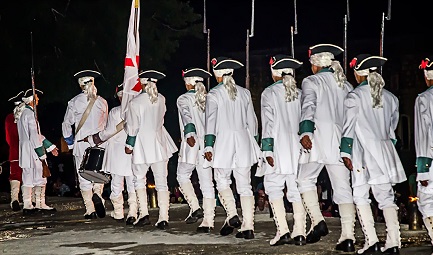
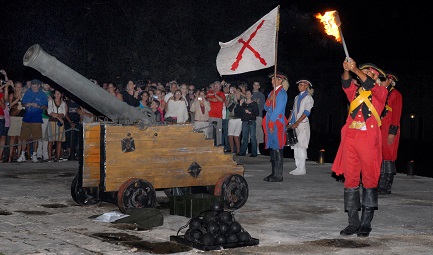
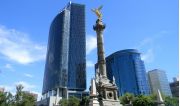
Mexico City is a fascinating capital that beguiles its visitors with endless options. One of the largest metropolitan areas in the world, with 16 boroughs and more than 300 neighborhoods, it might seem a bit overwhelming to the first-time visitor, though it doesn’t have to be.
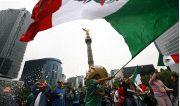
Mexico and its folklore, Mexico and its people, Mexico and its kitchen, Mexico and its culture... It’s true, this country has a lot. Foreigners who once have visited it fall in love with its peculiarities and even strangeness. Do you want to know more about them?















